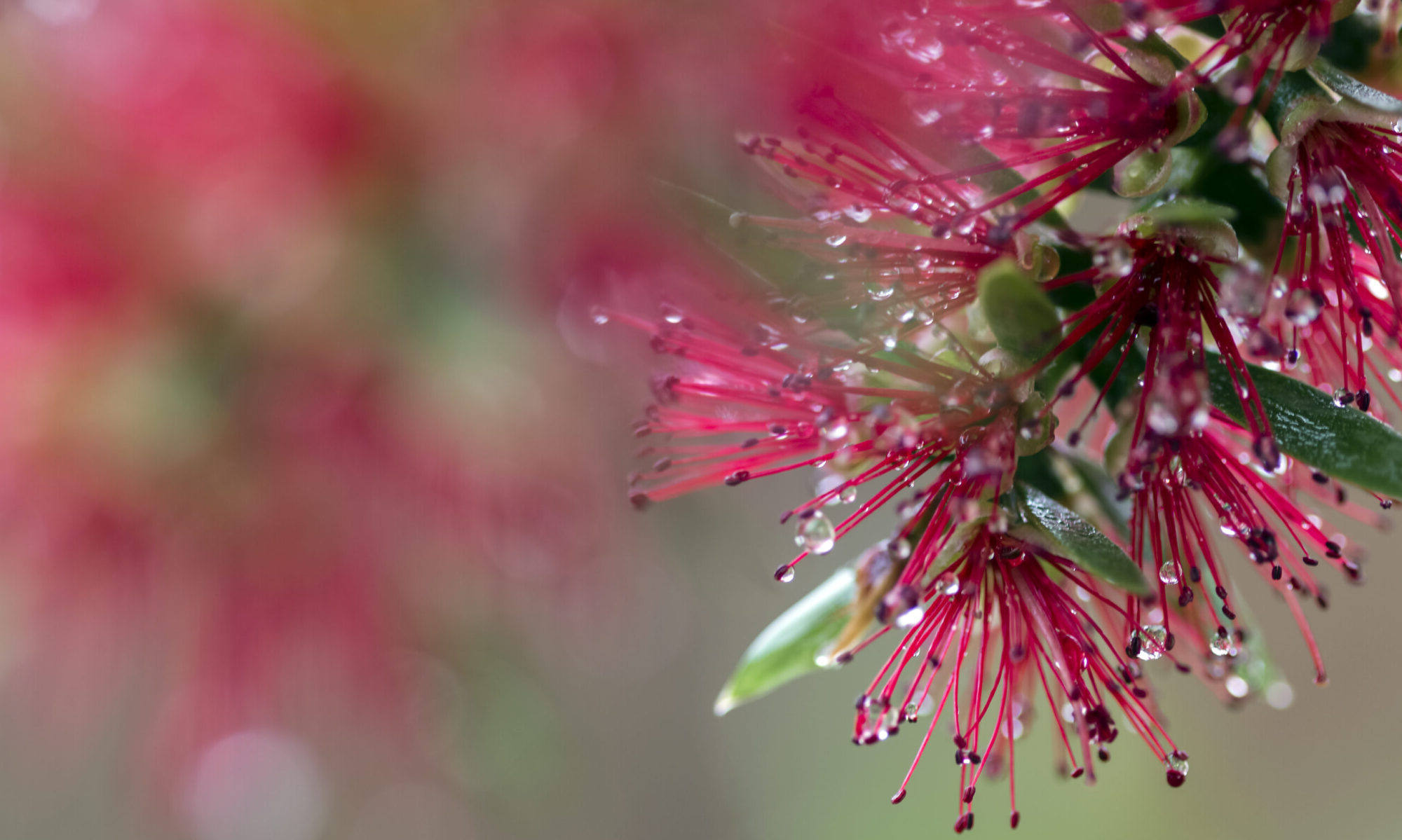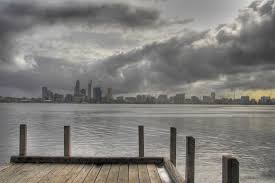Last Sunday, I had a great day as MC of the Elders Midland Marquee at the Kalamunda Garden Festival and spoke about Potting Mix for your containers as well. I thought I would share it with you too.
So here it is. A chat about Potting Mix and how to get the most out of plants you are growing in containers and why I say “If you Buy Cheap, You’ll Buy Twice”.
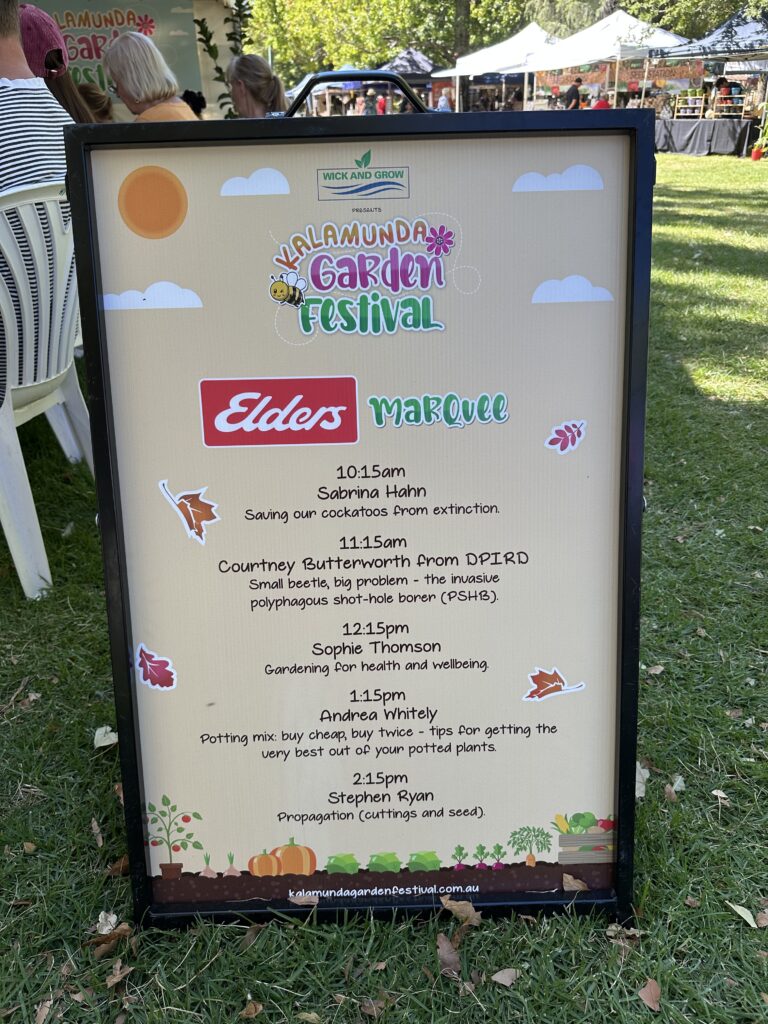
What’s the difference between Potting Mix and Garden Soil?
- Potting Mix has a balanced amount of sand and soil and so has better drainage and that’s why it is the perfect medium for containers.
- Good quality Premium Potting Mix usually has some slow release fertiliser in it and that is always specified on the bag.
- Premium Potting Mix nearly always has a neutral PH of about 5.5 -7 which is what most plants need.
- Premium Potting Mix is basically sterile and has been tested throughout the manufacturing process so it will be weed free.
- Garden Soil is whatever you have dug up from your backyard – a bit hit and miss!
Cheap Potting Mix is basically sand and fillers
- This is problematic for containers because you want them to look their best for as long as possible and most plants won’t do very well if planted into a nutrient poor, dense sandy mix.
- The plants are grown in a wholesale nursery where they are fed and watered so they are in tip top condition when you buy them. They are used to being loved so if you plonk them in a cheap sandy potting mix they will probably last a week or two and then cark it.
Why Buy Premium Potting Mix?
- Premium Potting Mix is designed to last longer, so is more economical in the long run. For at least 3 months, probably 6, you really won’t need to do anything to amend the soil in your containers.
- When planting herbs and veggies, you want fast production and only a premium mix will give you that.
The Right Potting Mix For The Job
Potting Mixes are so sophisticated now you can buy them tailored to whatever you are planting.
Mostly, I use Baileys Premium Potting mix in the red bag for new containers or to replenish older ones. It is consistent in quality and seems to work well for me. It is definitely the most versatile one that I have used. https://www.baileysfertiliser.com.au/products/category/premium-growing-media-mulches/premium-potting-mix
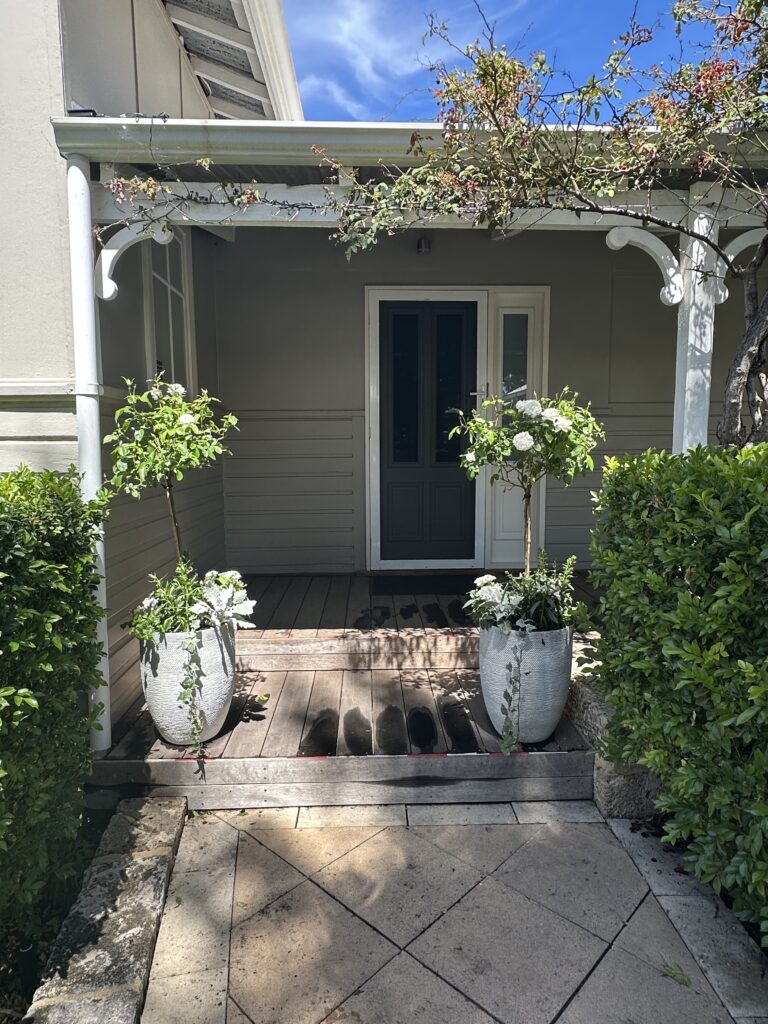
Yesterday, I created these containers for a client in Cottesloe using Baileys Premium Potting Mix.
Succulent Mix is more sandy and course, but still high in nutrients. I use Scotts Osmocote 25litre Cacti and Succulent Premium Potting Mix when I am potting up succulents and cacti.
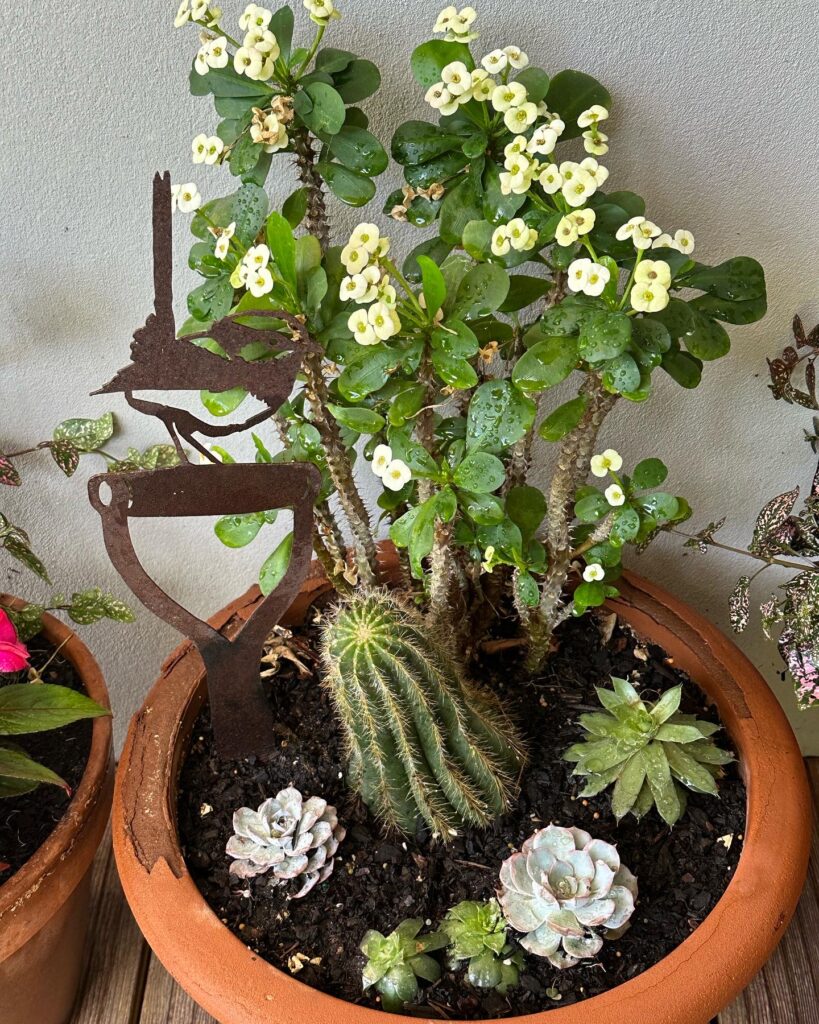
Here’s one of my containers at home, filled with Scotts Osmocote 25litre Cacti and Succulent Premium Potting Mix
Blueberry Mix is essential for acid loving blueberries which need a special potting mix in Perth and should only be grown in containers. I use and recommend https://greenlifesoil.com.au/bags/blueberry-potting-mix-25l?srsltid=AfmBOorQ-e7OQ7Z1EoO1z9Sv6kD6h1sOsgfiBy12y-IFhk4rqlPuO2I2
Use Veggie Mix with added nutrients specifically for growing better and stronger veggies with all of the minerals and vitamins. This is basically the reason why you’re growing your own. I use a vegetable concentrate mixed in with the Baileys Premium Potting Mix in my raised planter boxes. https://greenlifesoil.com.au/bags/vegie-concentrate-certified-organic-25l
Camelia and Azalea mix for acid loving plants usually has a PH of between 5.0 and 6.0. I use Osmocote Camellia and Azalea mix when I am potting these up in containers.
Propagation or Seed Raising Mix is coarser and is used for raising seedling and cuttings. It helps plants develop roots quickly. It usually has good aeration and may contain perlite, peat moss, coarse sand, or polystyrene foam beads. I use https://greenlifesoil.com.au/bags/seed-raising-mix-15l-1
Natives in containers do better with a specialized blend too and I use https://www.baileysfertiliser.com.au/products/category/soil-conditioners-growing-media/native-potting-mix-0
Australian Certification
There is a lot of product variety on the market so if you are unsure, look for the Australian standard certification on the label.
It is important because it means that the company you have bought it from has taken the time and the trouble to make sure their product meets all of the regulatory standards AS 3743—2003
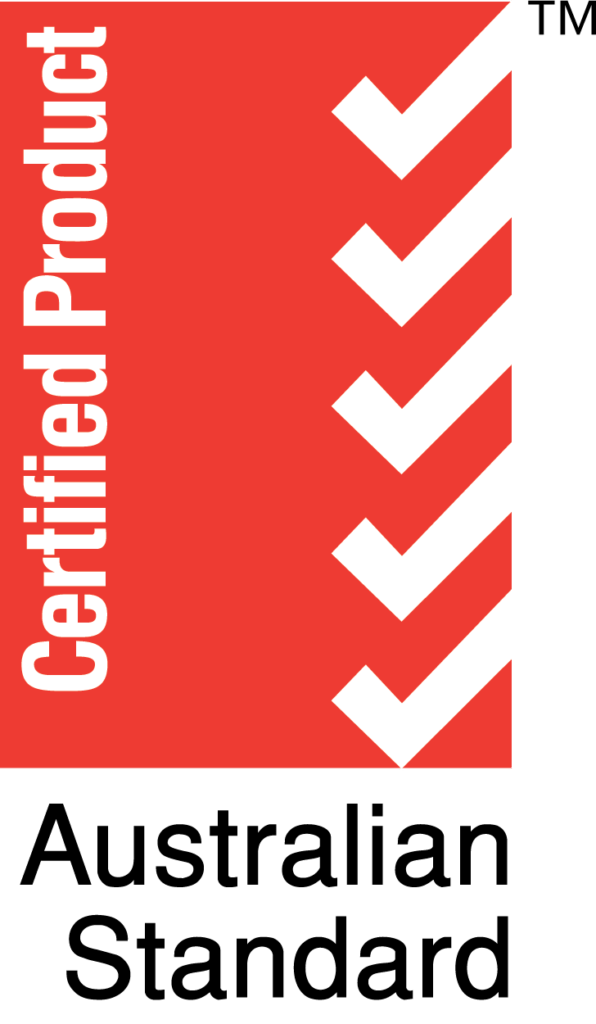
You can be sure what you are buying is as what the label says it is. Also, this certification should ensure what you are buying is of a consistent standard.
What is in Potting Mix? What makes it so different from ordinary garden soil?
The potting mix that you purchase at a garden centre or the big box stores, could be comprised of any of the following substances:
Peat
This comes in various forms and is measured by it’s POROSITY? What is POROSITY? It comes from the Greek word Poros which means passage and is basically there to allow water to freely drain through the mix.
Coir Peat is a new additive to potting mix and it is there to assist water retention. You will typically find indoor plants are planted into coir peat when you purchase them to keep them alive in the nursery or garden centre.
Sand
How much added sand influences what can be grown successfully with that mix.
The smaller the sand particles, the more the water will hold in the mix. The bigger the sand particles, the more free draining the mix is.
Perlite
This is a natural Mineral which is white and volcanic. With a neutral PH, it helps with aeration of the soil.
Vermiculite
This has a water holding capacity of 3-4 times it’s weight which is helpful for small containers in particular.
Zeolite
Zeolite is a mineral which improves nutrient retention so is particularly important in a potting mix for growing herbs and vegetables in containers
Woodchips and Bark
These are waste products from the timber industry that add organic matter and is used in small amounts in potting mixes, except for orchid mix which is mostly bark.
Polystyrene Foam Balls
Sometimes these will be present and may have been added supposedly, to improve drainage and as a filler to make the bag seem bigger and fuller. These are not biodegradable. Cheaper mixes usually contain this.
Soil
Yes, your potting mix may contain soil but if at all, is less frequently used in potting mix. It is variable and can clog up a container if it is out of balance in the mix; the water will not drain and the plant roots can’t move around freely so the plant will not thrive.
Some quality brands may contain 3 months of slow release fertiliser and a wetting agent. These are all very useful for Perth growing conditions.
Will my Potting Mix go bad over time?
Well, it won’t go bad but potting mix is a living thing. Over time as it dries out in the bag, the nutrients for healthy plants will deplete. By all means use it up in the bottom of a large container but add some fresh Potting Mix to the top half and mix it through. If you think the potting mix may be dry in the bag, ensure you wear a face mask before you open the bag just in case the mix has soil born fungal spores which could harm you.
ORGANIC OR NOT??
You may see some potting mixes labelled as organic soil mix. This simply means it is high in organic matter, not that it has been certified as organic. Always check with the manufacturer if you are concerned. If you require organic potting mix, buy it from a supplier that has gone to the trouble of getting certification.
…and finally
Buy the Potting Mix that is going to best accomodate your chosen plant. Ensure that whichever blend you choose is light and fluffy when you tip it out of the bag into your container.
If I feel like a container needs a little something extra, I always add Nutrarich Mature Compost from Swan Valley Landscape Supplies. I love this stuff and swear by it for Perth gardens. I usually add some slow release fertiliser as well. https://www.swanvalleylandscapesupplies.com.au/blank-12
PLEASE don’t buy the cheapest Potting Mix! Read the label to see if it is fit for what you want to achieve in your garden containers and how much more it might cost if you are going to need to add extra goodies in the mix to keep your treasured plant alive for longer!
All this information may still be confusing. Don’t despair I am always at hand to confirm your choices or advise on any other queries. Contact me here!
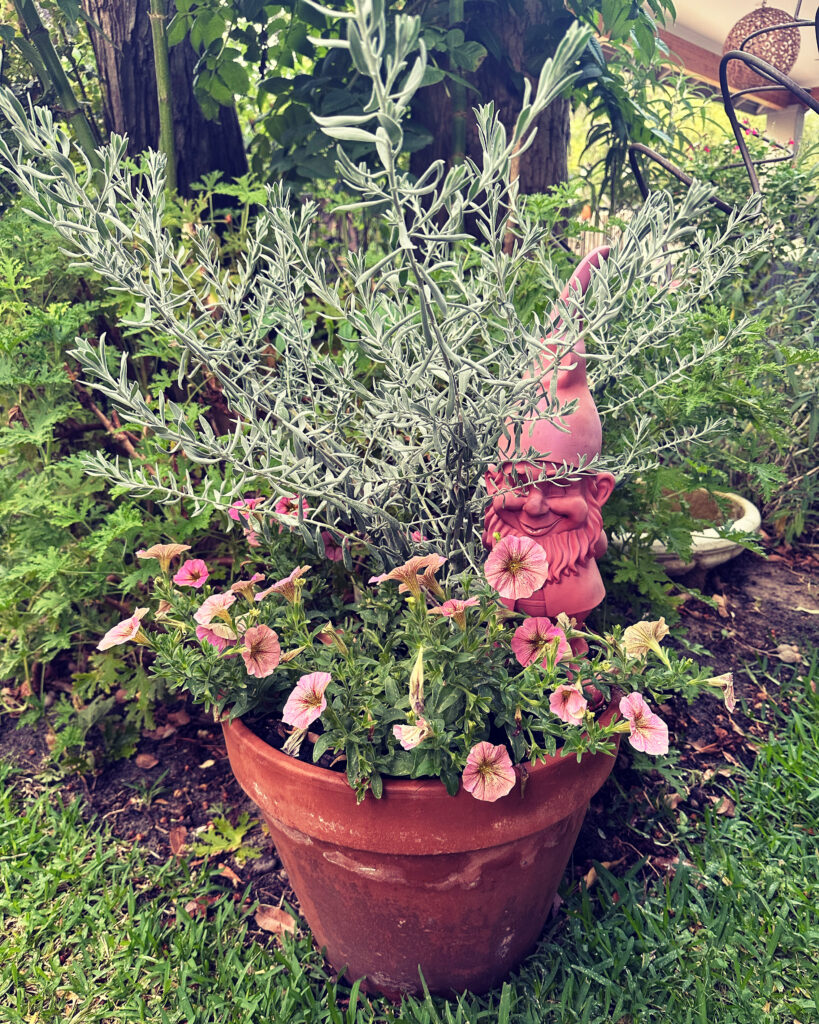
Eremophila ‘Pink Pantha’ with a pink friend and happily planted in Baileys Premium Potting Mix at my house.
